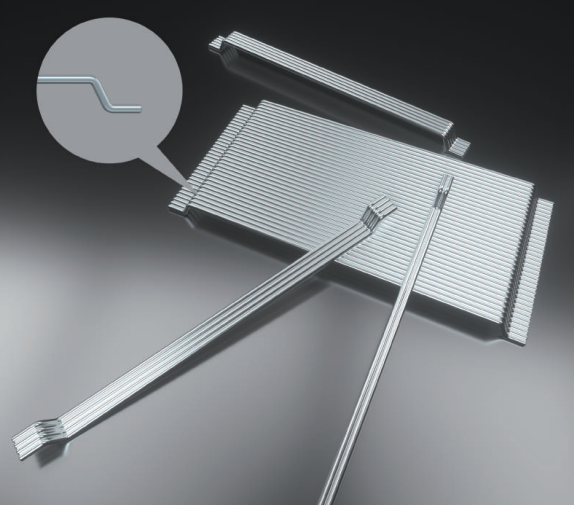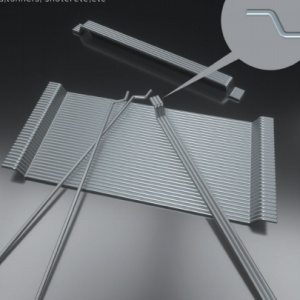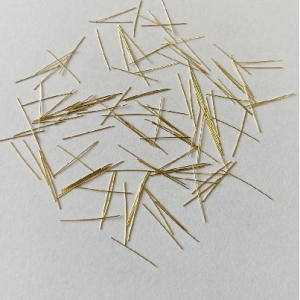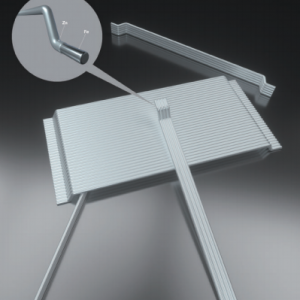Description
Advantages of using stainless steel fibers:
1. Easy to operate and save time
2. High toughness, reduced thickness
3. Good integration, no air holes, more efficient
4. Save time and be more economical
Application of steel fiber:
1. Industrial Floor
2. Parking Lots
3. Airport Runway
4. Ports
5.Shotcrete&Tunneling
Production strength:
1. It has 10 improved production lines imported from Korea, which can produce steel fibers with a tensile strength of 1100-2400MPA.
2. According to customer needs, various special-shaped end hooks and special material steel fibers with special coatings can be customized, with an annual production capacity of 40,000 tons.
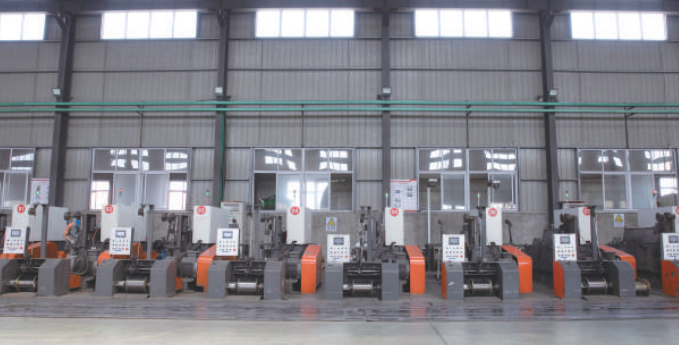
R & D strength:
Cooperate with the Building Materials Department of the Hebei University of Technology to create a steel fiber innovation and application studio, dedicated to the innovation and development of steel fiber and the application research of steel fiber.
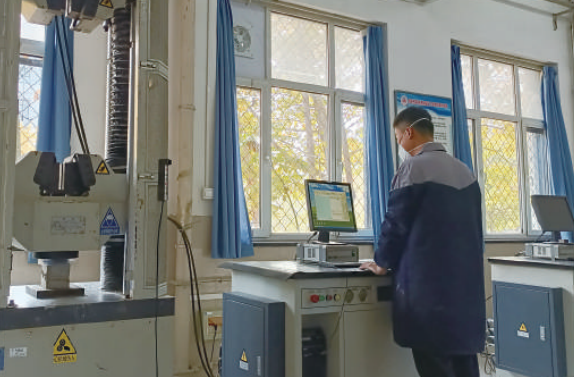
Why Use Stainless Steel Fiber?
1. High Strength: Stainless steel fibers are known for their high tensile strength, which makes them suitable for use in applications that require strong and durable materials.
2. Corrosion Resistance: Stainless steel fibers are highly resistant to corrosion, making them ideal for use in harsh environments where other materials may deteriorate.
3. Heat Resistance: Stainless steel fibers can withstand high temperatures, making them suitable for use in applications such as furnace linings and heat exchangers.
4. Electrical Conductivity: Stainless steel fibers are good conductors of electricity, making them suitable for use in electrical applications where conductivity is important.
5. Chemical Resistance: Stainless steel fibers are resistant to many chemicals, making them suitable for use in applications where exposure to chemicals is common.
6. Lightweight: Stainless steel fibers are lightweight, making them ideal for use in applications where weight is a concern.
7. Versatility: Stainless steel fibers can be used in a wide range of applications, including concrete reinforcement, filtration, and textile manufacturing, among others.

